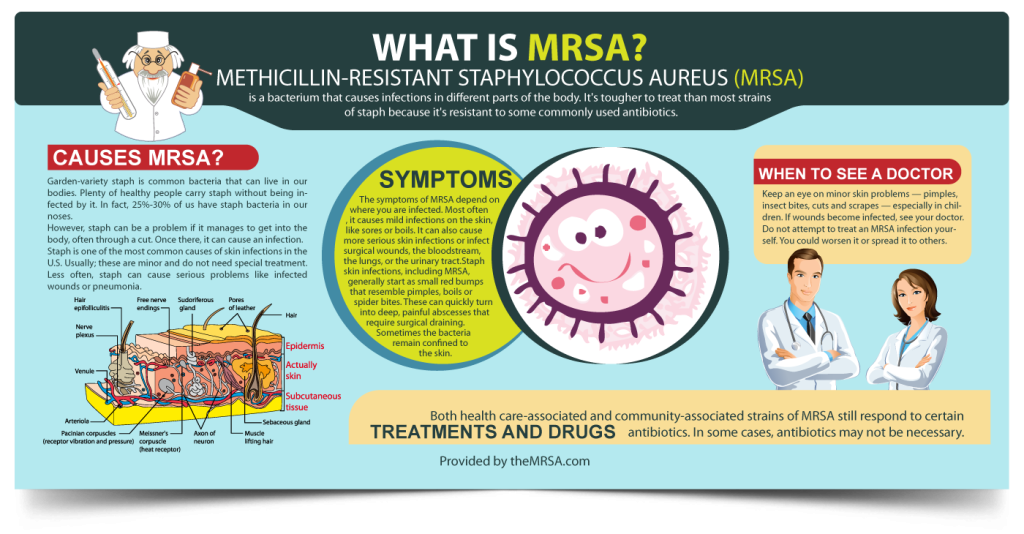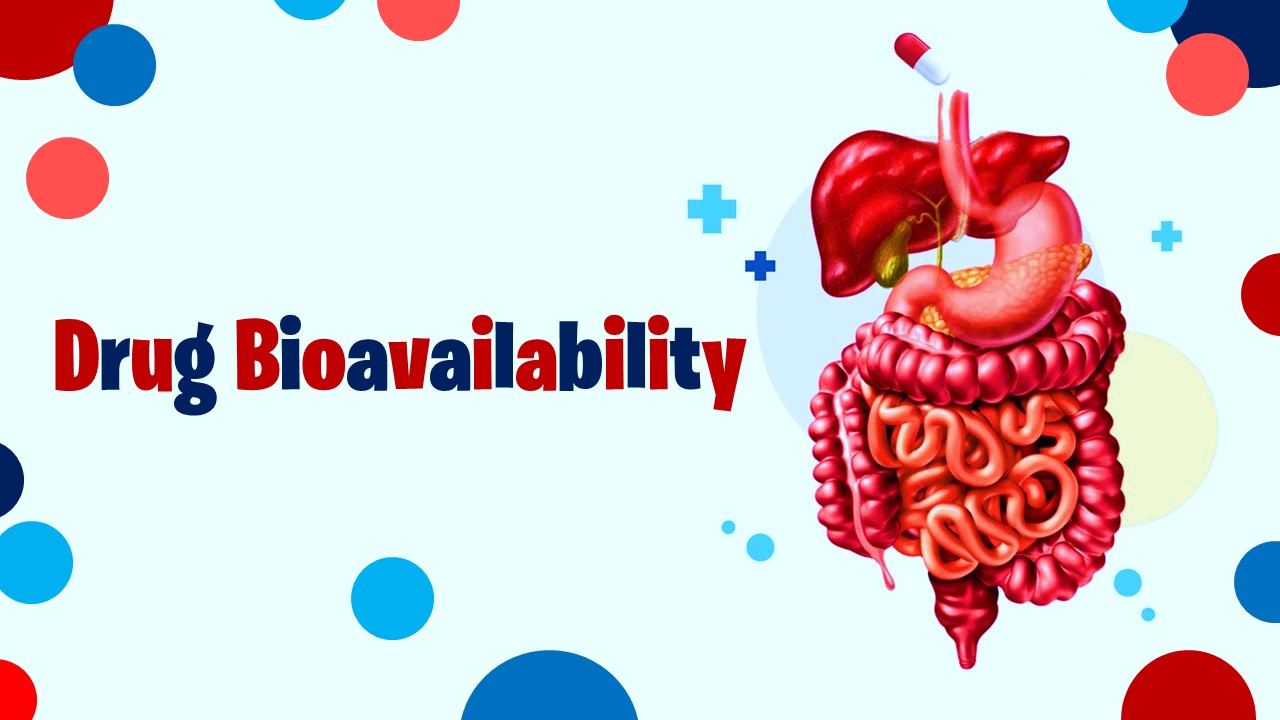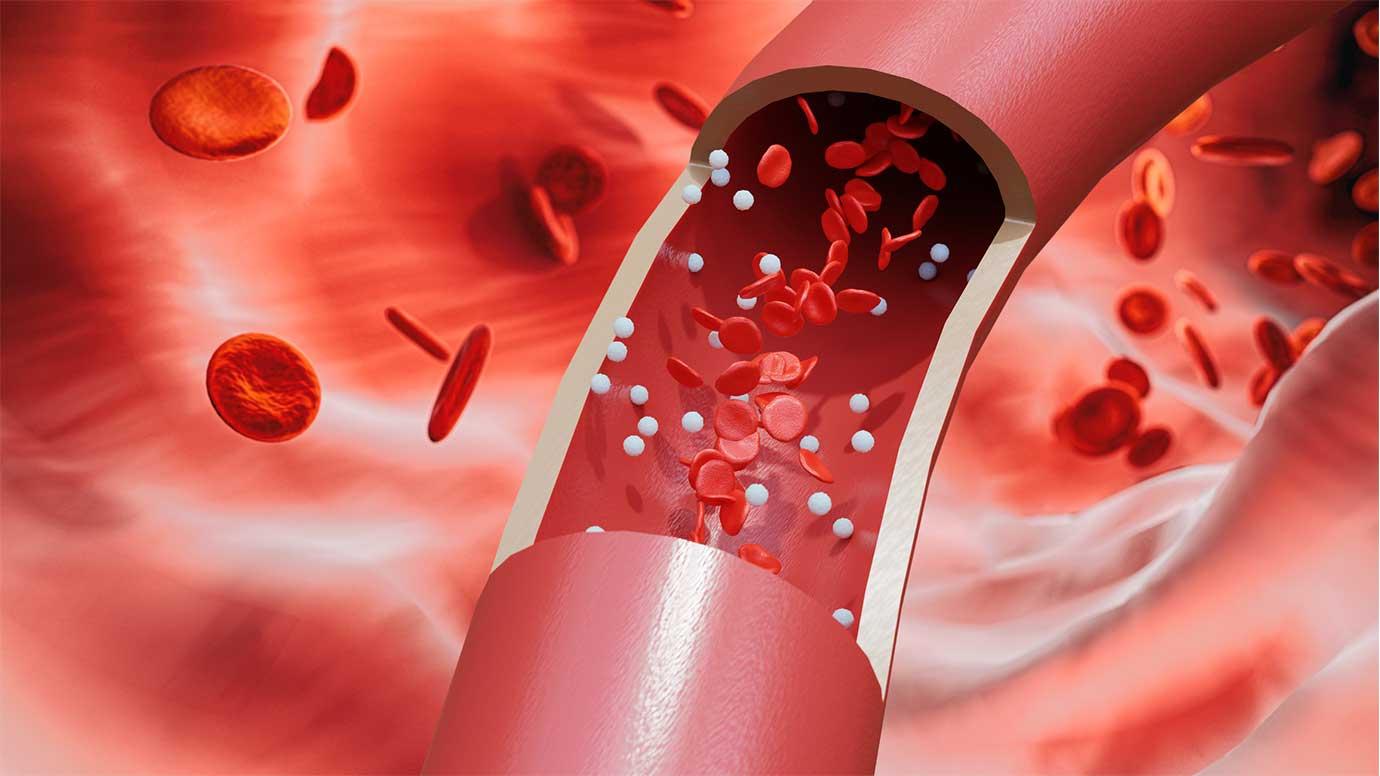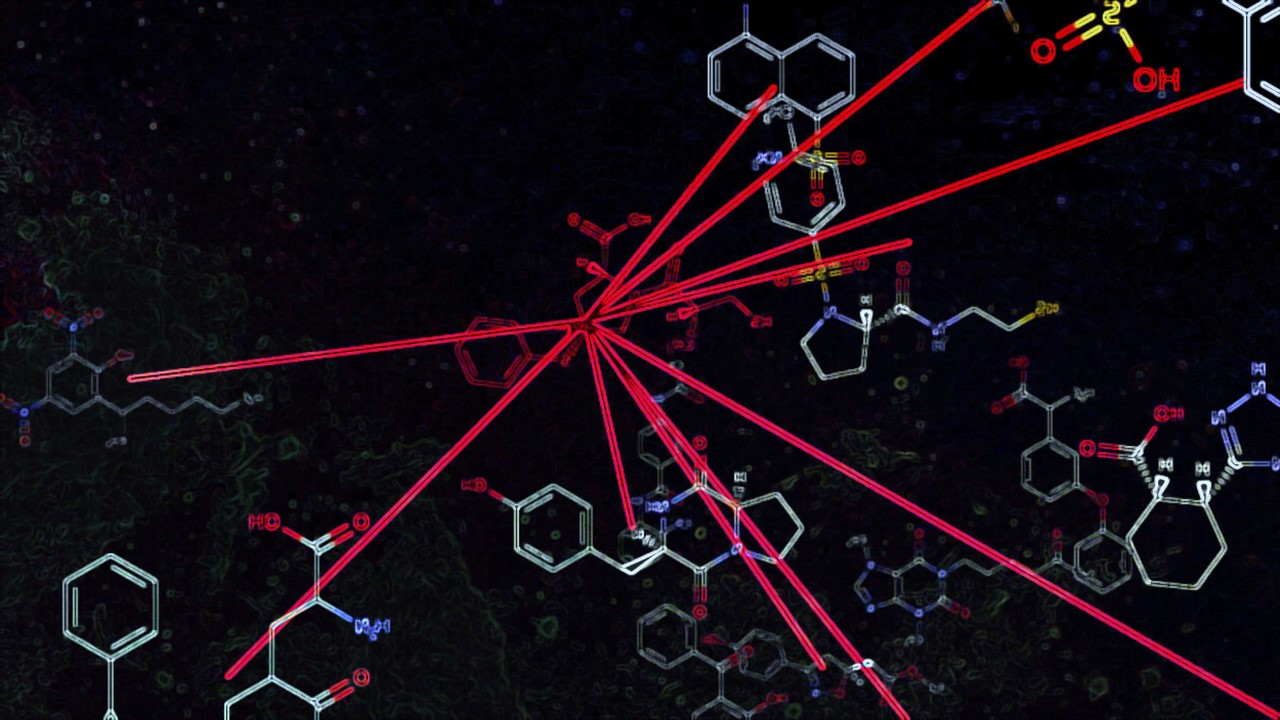The domain of antimicrobials serves as a foundational cornerstone in the annals of medicine, reshaping the landscape of disease management since its inception. From the fortuitous discovery of penicillin to the modern synthesis of potent antibacterial agents, the trajectory of antimicrobials reflects a profound narrative of scientific inquiry and medical advancement. However, amidst this narrative of triumph lies the ominous specter of antimicrobial resistance (AMR), a formidable challenge confronting contemporary healthcare systems. In this discourse, we embark on an odyssey through the intricate realm of antimicrobial peptides (AMPs), seeking to unravel their enigmatic allure and therapeutic promise against the backdrop of burgeoning antimicrobial resistance.
From Ancient Remedies to Synthetic Marvels
The chronicles of antimicrobials trace back to ancient civilizations, where empiric remedies such as herbal concoctions and moldy substances were wielded against microbial adversaries. The genesis of modern antimicrobial therapy burgeoned with Paul Ehrlich’s quest for a ‘magic bullet’ to selectively target pathogens, culminating in the synthesis of arsphenamine in 1909. Subsequently, the fortuitous discovery of penicillin by Sir Alexander Fleming in 1928 heralded a paradigm shift, catalyzing the era of antibiotics. Over the ensuing decades, relentless scientific pursuit has yielded a plethora of essential antimicrobials, underscoring their indispensable role in modern healthcare.

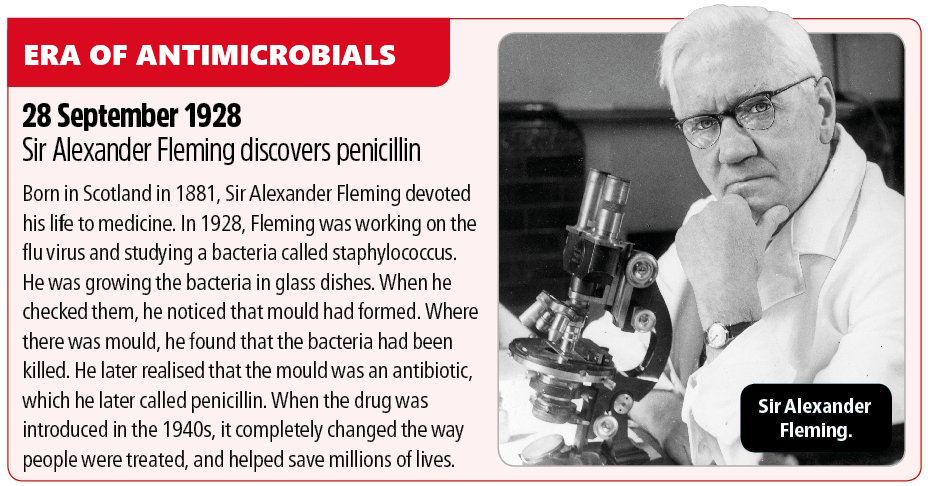
The Menace of Antimicrobial Resistance
Despite their pivotal role in combating infectious diseases, antibiotics face an existential threat in the form of antimicrobial resistance. Exacerbated by rampant misuse and overuse, antimicrobial resistance has precipitated a perilous conundrum, jeopardizing the efficacy of our therapeutic arsenal. Multidrug-resistant pathogens, exemplified by the emergence of Methicillin-resistant Staphylococcus aureus (MRSA) and Pseudomonas aeruginosa, loom ominously, presenting formidable challenges in clinical management. The inexorable evolution of resistance mechanisms underscores the urgent imperative for innovative therapeutic modalities.
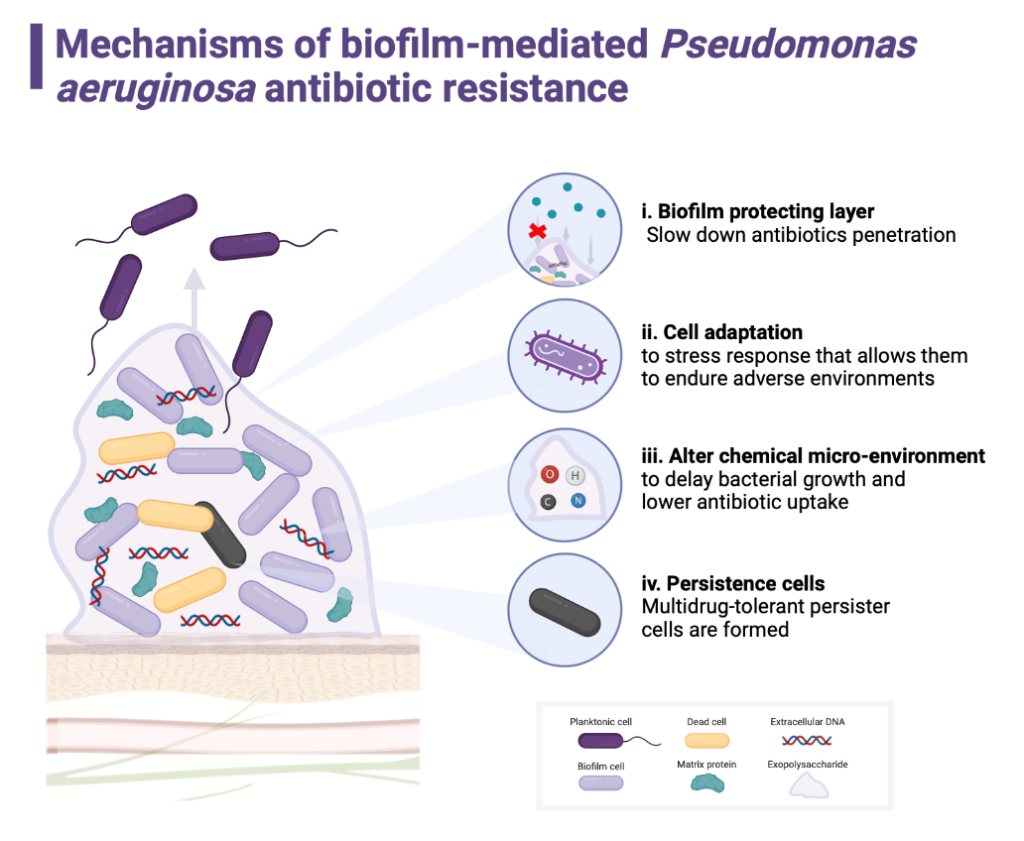
Bacterial Survival Stratagems
Bacteria, quintessential survivors of the microbial world, have evolved an arsenal of sophisticated survival mechanisms, confounding conventional antimicrobial strategies. The triad of resistance, tolerance, and persistence engenders resilience in the face of antimicrobial onslaught, perpetuating the cycle of infection and treatment failure. The ascendancy of multidrug-resistant strains, spanning both acquired and opportunistic pathogens, portends dire ramifications for global health security, necessitating a paradigmatic shift in therapeutic paradigms.
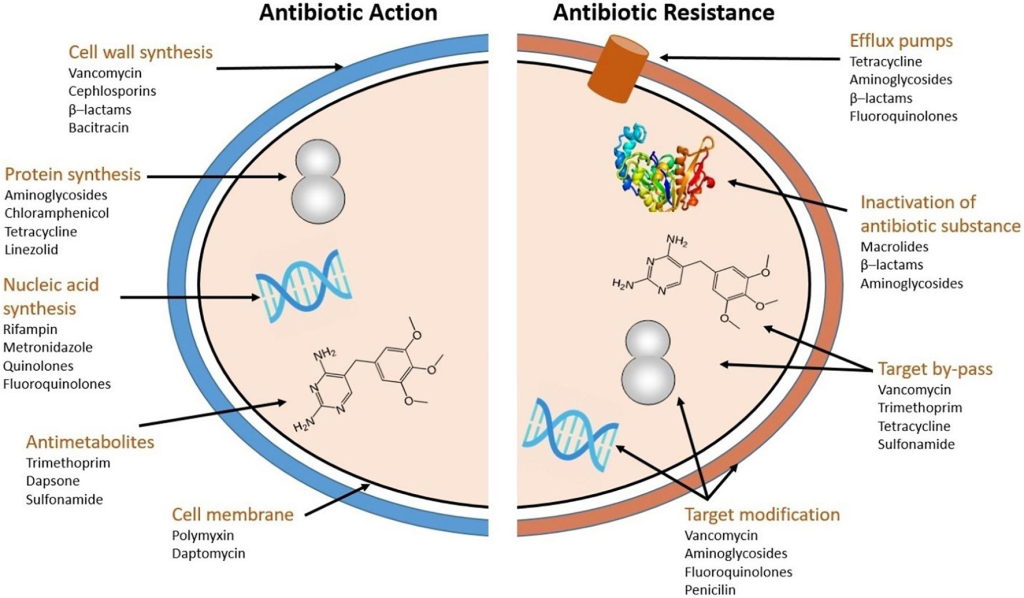
AMPs: Agents of Therapeutic Revolution
Amidst the escalating crisis of antimicrobial resistance, antimicrobial peptides (AMPs) emerge as veritable harbingers of therapeutic innovation. Endowed with multifaceted mechanisms of action and broad-spectrum activity, AMPs represent a promising frontier in antimicrobial therapy. Unlike conventional antibiotics, AMPs leverage diverse strategies, ranging from membrane disruption to immunomodulation, rendering them less prone to resistance development. Their innate versatility and potent antimicrobial efficacy position AMPs as formidable contenders in the battle against multidrug-resistant pathogens.
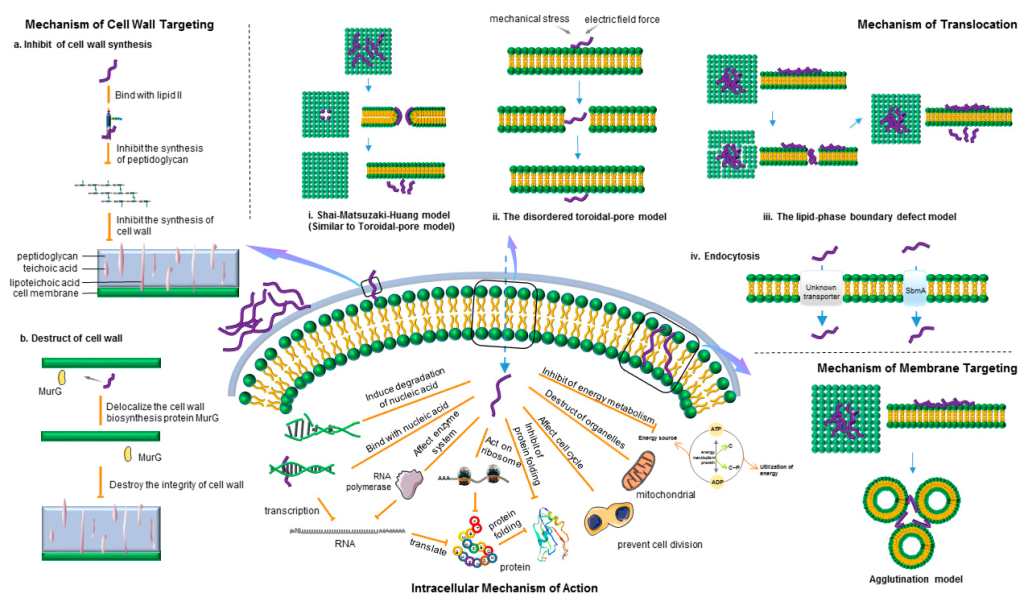
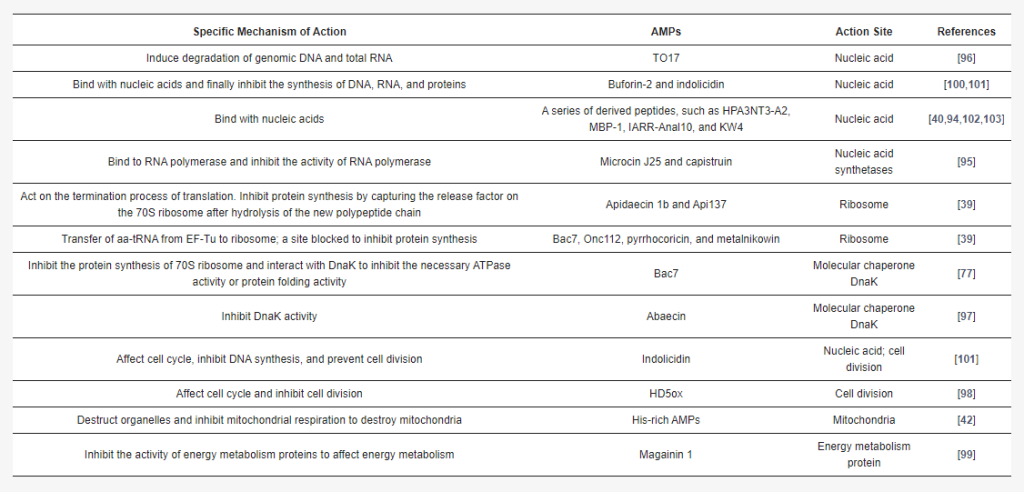
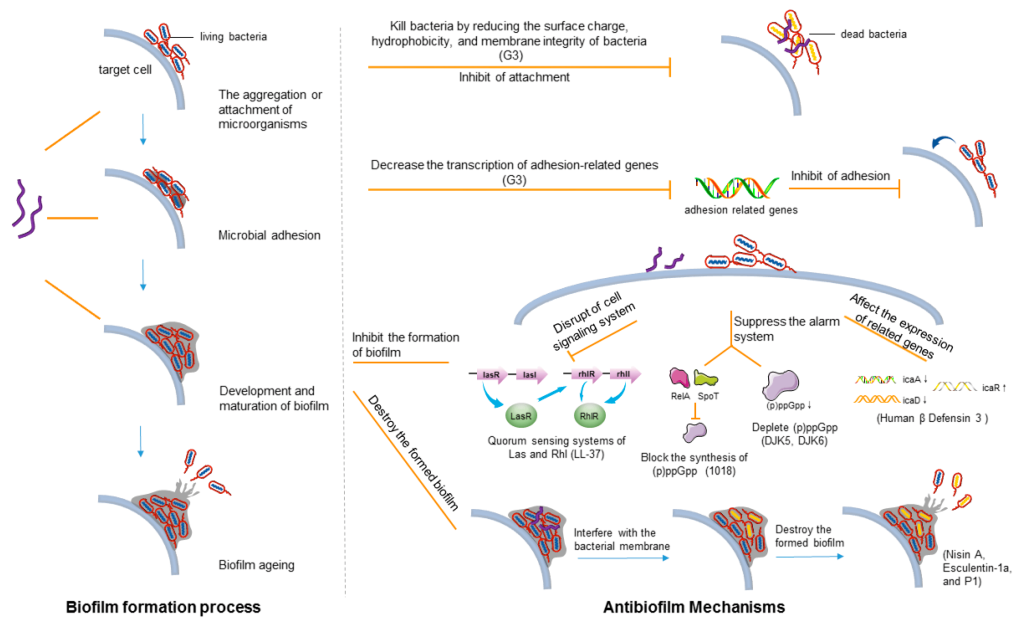
Characterization and Classification of AMPs
The classification of antimicrobial peptides poses a formidable challenge, owing to their structural heterogeneity and multifaceted modes of action. The antimicrobial peptide database (APD) serves as a repository of diverse peptide sequences, encompassing a spectrum of physicochemical properties and functional attributes. From length and net charge to hydrophobicity and post-translational modifications, the intricate interplay of these parameters elucidates the structural and functional diversity inherent to AMPs.
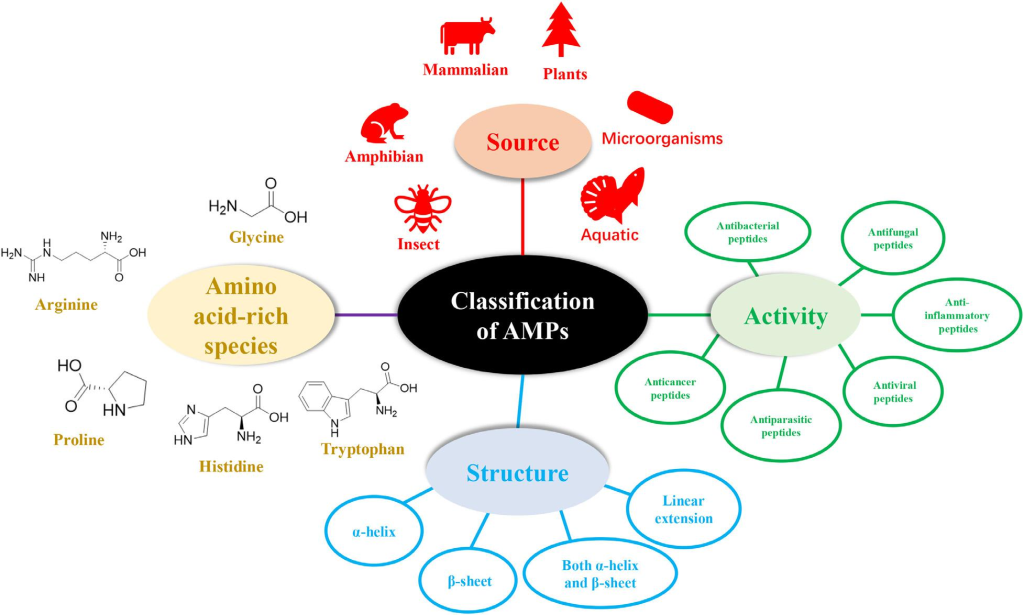
Synthesis and Design of Antimicrobial Peptides
Advances in peptide synthesis methodologies have heralded a new era in the design and optimization of antimicrobial peptides. From natural sources to rationally designed analogs, researchers explore a myriad of avenues to harness the therapeutic potential of AMPs. Post-translational modifications further augment the efficacy and stability of AMPs, accentuating their utility as next-generation antimicrobial agents. By amalgamating synthetic prowess with structural insights, researchers endeavor to unlock the full therapeutic potential of AMPs, charting a course toward a renaissance in antimicrobial therapy.
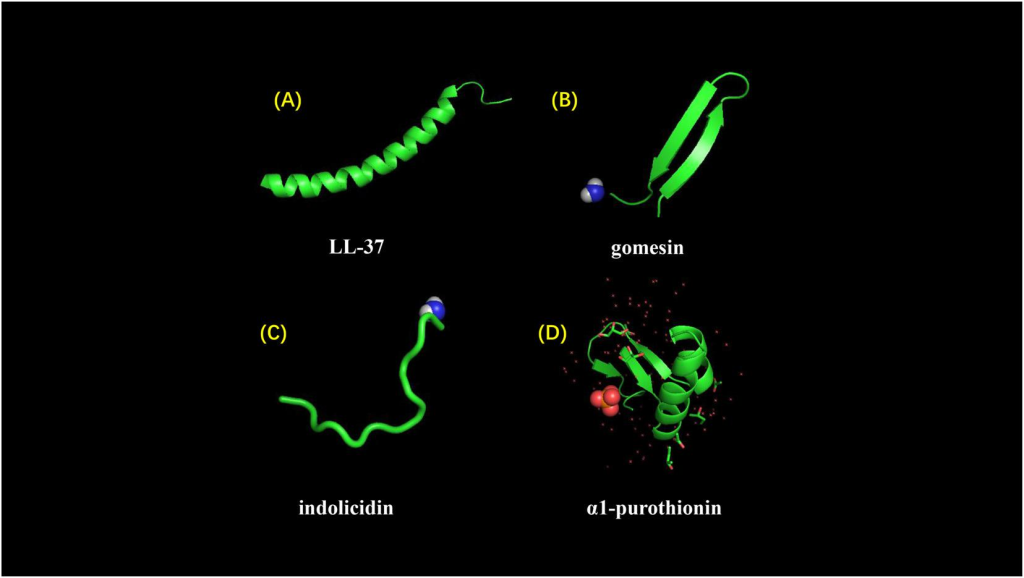
Securing Global Health
In the crucible of antimicrobial resistance, the saga of antimicrobial peptides unfolds as a testament to scientific ingenuity and therapeutic resilience. As we navigate the turbulent waters of microbial warfare, AMPs stand poised at the vanguard of therapeutic innovation, offering a glimmer of hope amidst the encroaching shadows of resistance. By unraveling the mysteries of AMPs and harnessing their innate potential, we embark on a transformative odyssey towards a future fortified against the scourge of antimicrobial resistance, ensuring the preservation of global health security for generations to come.
Engr. Dex Marco Tiu Guibelondo, B.Sc. Pharm, R.Ph., B.Sc. CpE
Editor-in-Chief, PharmaFEATURES

Subscribe
to get our
LATEST NEWS
Related Posts
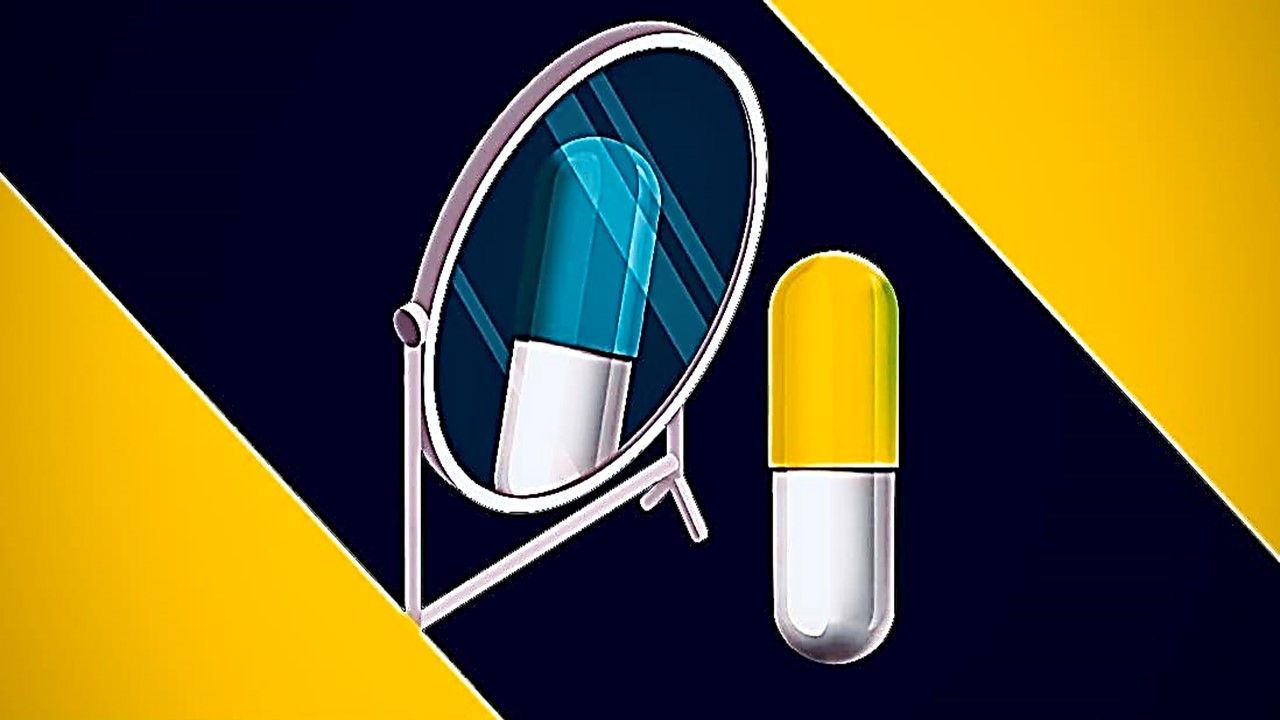
Medicinal Chemistry & Pharmacology
Bioavailability and Bioequivalence: The Makings of Similar and “Close Enough” Drug Formulations
Scientists are striving to understand bioavailability complexities to ensure the equivalence of drug formulations from different manufacturers, crucial for clinical effectiveness.
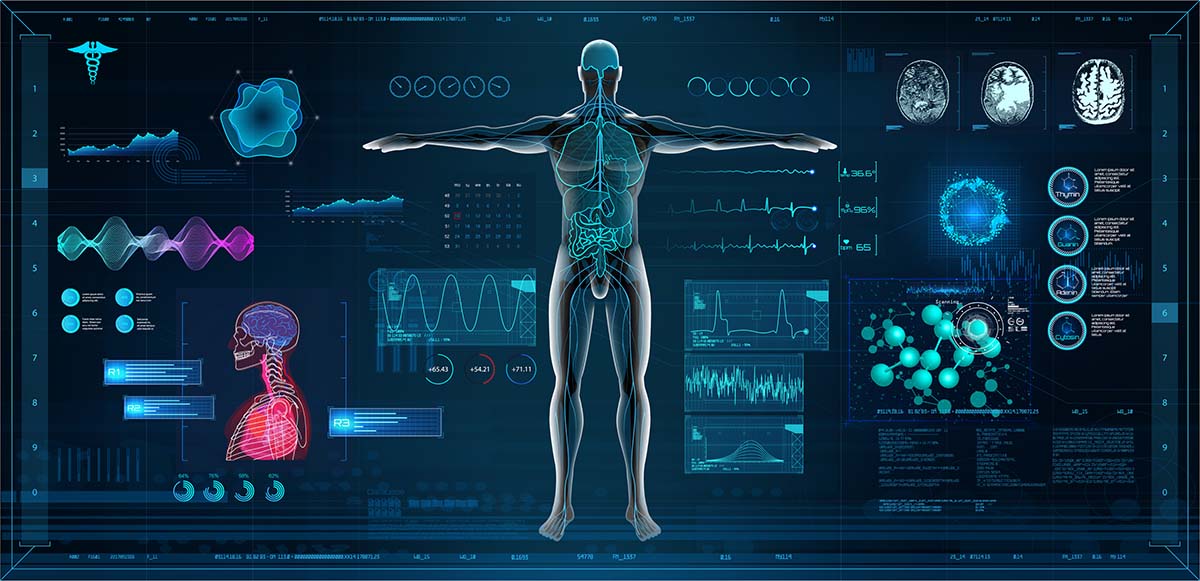
Medicinal Chemistry & Pharmacology
Primer on Applied Biopharmaceutics and Pharmacokinetics: Part III
In the third part of the Biopharm and PK PharmaFEATURES Primer, we take a deeper dive in mathematical modeling to better estimate drug dosing and generate better predictions of drug efficacy vs time of medications.
